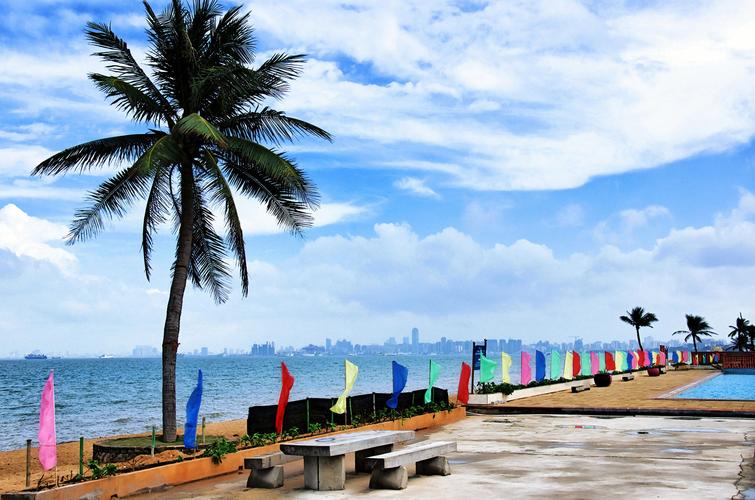Discovering the unique and rich cultural traditions of Argentina can be an invigorating experience. From its music and dance to its cuisine and people, Argentina offers a diversified cultural palette that mesmerizes visitors from around the world.
Argentine Tango: A National Heritage
The Argentine tango is perhaps one of the most famous cultural exports of Argentina. The dance form was born in the impoverished port neighborhoods of Buenos Aires and Montevideo during the late 19th century. The dance was initially performed by men- gambler, dock-workers, and sailors in the bars and cafes of the city.
Today, the tango has evolved into a refined and structured dance form, having its origins in aggression and violence. It is now performed all over the world and has been declared a national heritage by the Argentine government. Anyone who visits Argentina must attend a tango show, which is an experience of a lifetime.
Gastronomic Traditions: A Blend of World Cuisine
Argentina’s culinary heritage is an enticing blend of Spanish, Italian, and Andean flavors. The gaucho (cowboy) culture has had a profound impact on the country’s cuisine. Argentine beef is world-famous for its flavor and texture.
In Buenos Aires, visitors can taste the famous empanadas, which are small savory pastries filled with beef, chorizo, or ham. The city also boasts of one of the world’s largest and most diverse food markets- Feria de Mataderos.
Maté: The National Drink of Argentina
Maté is a traditional South American beverage prepared by steeping yerba maté leaves in hot water. It is an essential part of Argentine culture, symbolizing friendship and social bonds.
Argentines consume maté using a traditional gourd and straw known as a bombilla. The drink is served in social gatherings, and drinking it is almost considered a ritual.
Folk Dancing: The Heart of Argentine Culture
Folk dancing has been an integral part of Argentine culture for centuries. Argentine folk dances perform various ground formations, representing the patterns of human interaction and interdependence.
The traditional dances include chacarera, gato, malambo, and zamba, all of which are an expression of the country’s rich, multiethnic heritage. The National Folklore Festival held in Cosquín is the biggest celebration of Argentine folk dance and music.
Conclusion
Argentina’s rich and diverse cultural traditions are an expression of the country’s vibrant history and multiethnic heritage. From the tango, gastronomic traditions, to folk dancing and maté, there is something unique for everyone to experience. If you want to embark on a journey of discovering a country full of cultural traditions and beauty, Argentina is the perfect destination.
(Note: Do you have knowledge or insights to share? Unlock new opportunities and expand your reach by joining our authors team. Click Registration to join us and share your expertise with our readers.)
Speech tips:
Please note that any statements involving politics will not be approved.
